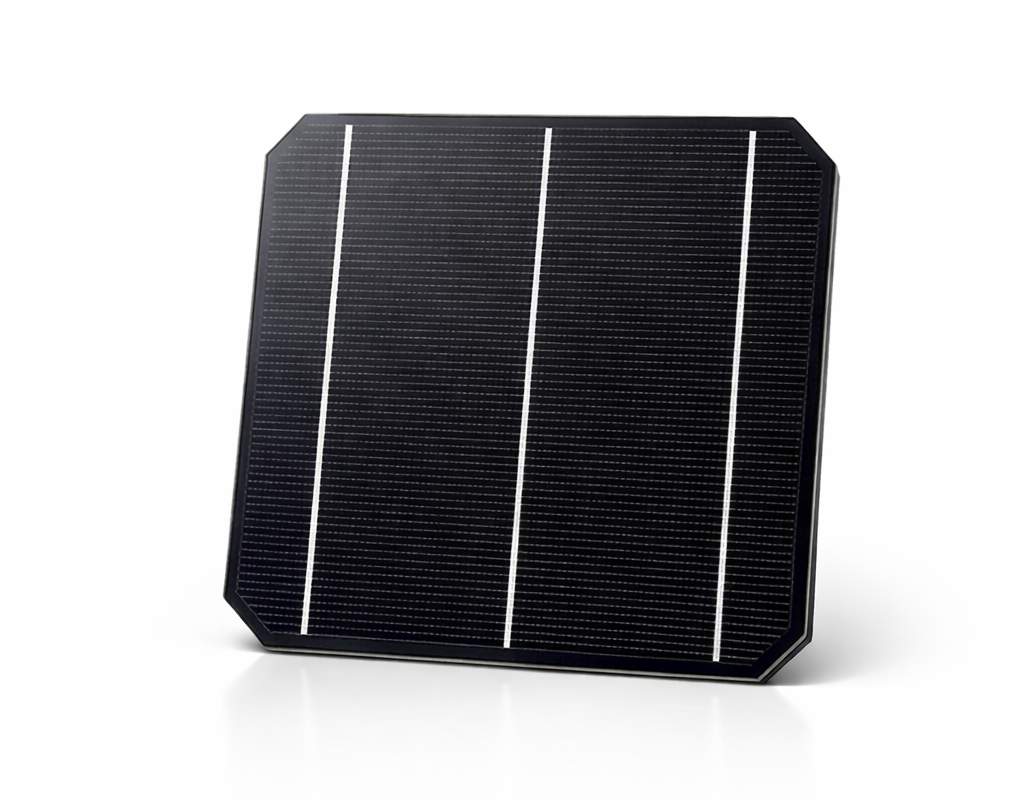A team led by scientists at the Berkeley Lab demonstrated an organic dye coating, which they say can convert near infrared light, a part of the spectrum often missed by conventional solar panels, into electricity.
According to their paper, Enrichment of molecular antenna triplets amplifies upconverting nanoparticle emission, published in the journal Nature Photonics, particles coated in the organic dye can efficiently convert near infrared light into visible light, amplifying its brightness by a factor of about 33,000.
“The near-infrared wavelengths of light are often unused in solar technologies that focus on visble light, and these dye-sensitized nanoparticles efficiently convert near-infrared light to visible light,” said Bruce Cohen, a scientist at the Berkeley Lab’s molecular foundry. “They raise the possibility of capturing a good portion of the solar spectrum that otherwise goes to waste; and integrating it into existing solar technologies.”
The effect was first seen in 2012, when a study noted that dyes on the surface could enhance the light converting properties of certain materials, but was unable to explain how the phenomenon occurred.
Now, Berkeley Lab can explain that the dyes enhance the presence of a state called a ‘triplet’ which more efficiently transfers its energy, converting multiple infrared photons into single photons of visible light. The researchers point out that the particles are largely transparent to visible light, and would allow other light to pass through to an active cell layer.
Though an encouraging discovery, there is a lot more research needed for the organic dyes to have any practical application in solar – the researchers note that the materials are extremely unstable, and had to be studied in a nitrogen environment to prevent exposure to air.
This content is protected by copyright and may not be reused. If you want to cooperate with us and would like to reuse some of our content, please contact: editors@pv-magazine.com.




Relevant journal article describing the first portion of the story is here: https://aip.scitation.org/doi/10.1063/1.5019808
Furthermore, the story around Egptian Blue is really quite interesting. A summary can be found here: http://www.artinsociety.com/egyptian-blue-the-colour-of-technology.html